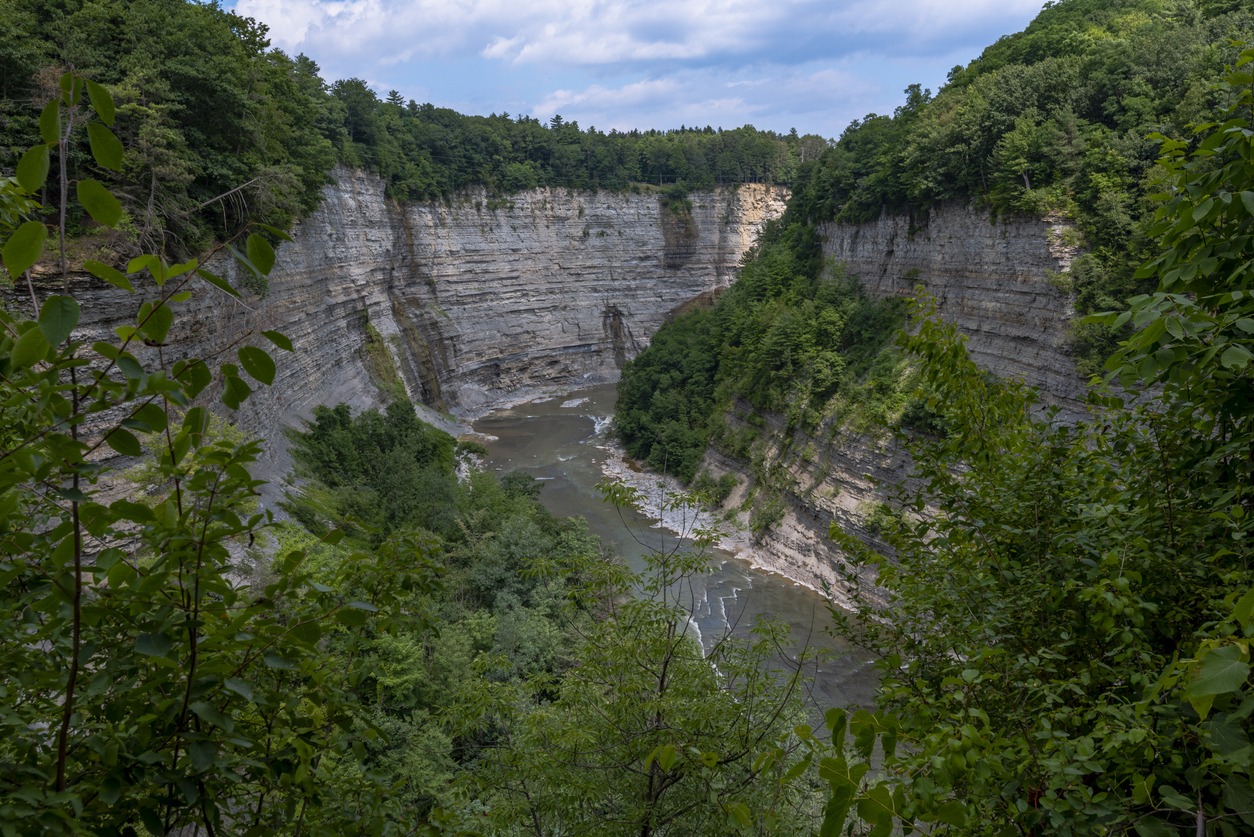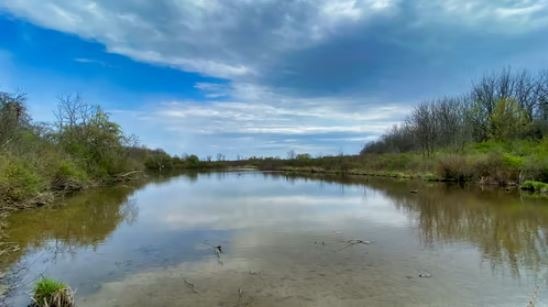In present-day New York, the Seneca Tribe lived between the Genesee River and Canandaigua Lake. If you intend to visit New York, you need also be aware of how to make the most of your trip. They were one of the more powerful Northeast Indian tribes and members of the Iroquois Confederacy. Due to the Iroquois’ successful conquest of the Wenrohronon and Erie nations in the 17th century, it is thought that their territory reached as far as the Allegheny River.
The Iroquois Confederacy’s Seneca tribe had the highest population. Their two biggest cities were Chenussio and Ganondagan. Chenussio had 130 longhouses, and Ganandagan had 150. Due to their size and military prowess, they carried out extensive military operations. Their political hegemony peaked during the Beaver Wars when it was most apparent.
Seneca History
A North American Indian tribe that spoke the Iroquoian language was known as the Seneca. In what is now New York State, they had historically resided between the Geneses River and Seneca Lake. The Seneca belonged to the Six Nations league. Cayuga, Onondaga, Oneida, Mohawk, and Tuscarora were the other group members. The tribes’ formation date is uncertain; however, it is thought to have occurred around the beginning of the 16th century. The league was established by the high-status leader Deganawidah, according to Iroquois mythology. He had persuaded the original Five Nations to end their cannibalistic and brutal intertribal fighting.
To bring the five tribes together, the prophet Hiawatha, who served as Deganawidah’s representative, journeyed among them. His tenacity paid off, and once the tribes came together, they formed a political alliance that was nearly impregnable until it broke apart during the American Revolution. Young Iroquois warriors had the chance to obtain reputation and honor via battle and raids against tribes outside the league. Gaining political and economic advantages were only secondarily important to the tribes. In the end, however, in dealing with the British, French, and colonists, the league allowed opposing parties to engage in combat while attacking nearby enemy tribes for territorial and economic benefits. The Iroquois league ruled territory as far west as the Mississippi River before it disintegrated in the late 18th century.
The league was fashioned around social groups from the family, clan, and neighborhood. They were not only to maintain peace through individual tribe members but also to unite its members through symbolic relationships. There was a Grand Council for the league. It had 50 members, all of whom were male peace chiefs with lifetime appointments. The head woman of each tribe put forth their names. The Cayuga had 10, the Oneida had 9, the Mohawk had 9, the Seneca had 8, and the Onondaga had 14. The council members were in charge of coordinating tribal activities for combat against nonmembers, maintaining peace among the tribes, and representing the league to outsiders.
Major decisions were made unanimously due to the uneven representation of the tribes. Any member of the Grand Council was subject to impeachment by the headwoman of his tribe. Many researchers contend that the authors of the United States Constitution could have drawn inspiration from the democratic structure of the Iroquois League. The current Seneca population resides on the reserves in Tonawanda, Allegany, and Cattaraugus, New York, as well as the Six Nations Reserve, which is close to Brantford, Ontario.
The Seneca Society
In addition to the history of Hamptons’ life, the Seneca tribe’s towns had several long communal homes with bark coverings that served both political and tribal purposes. Several families shared semi-private rooms or spaces within each home, and the central areas served as gathering spots for social and political gatherings. They had matrilineal clan systems that controlled their dispersed settlements. Also,
Their seasonal celebrations were a reflection of their farming, hunting, and gathering activities. Men hunted, cleared land, traded, and engaged in armed conflict. She cultivated gardens and collected numerous wild plant foods. Their economy was very strong in agriculture. Their primary crop was corn, but they also raised beans, maize, pumpkins, squash, tobacco, and subsequently, orchard fruits like apples and peaches. Also made were crafts. Wampum was employed as a medium of commerce, along with exquisite ceramics, splint baskets, and corn husk mats.
Who Are the Allies and Enemies of Seneca?
Among the most revered and feared people are the Senecas. The Seneca share cultural traits with their allies among the Cayuga, Onondaga, Oneida, and Mohawk tribes. The Five Nations or League of Five Nations were the names given to the five tribes.
The North Carolina Tuscaroras joined the confederacy between 1715 and 1722, changing their name to the Six Nations. The Seneca played the role of an independent authority in their interactions with white settlers and were so from the beginning. They maintained the balance of power between the French and the English during the colonial era.
Famous Seneca Tribe Members
Ely S. Parker – He went by the Indian name Donehogawa. He belonged to the Wolf clan of Seneca Indians. Parker worked on the Board of Indian Commissioners for President Ulysses S. Grand. He spent some time living in the Canadian wilderness in the manner of the Iroquois. Parker worked as General Grant’s military secretary. In the course of a corruption probe at the Bureau of Indian Affairs, Parker came under fire. According to official records, he was fired even though he had quit. The Character of Grant, a book by Parker, was also written.
Red Jacket – Seneca chief Red Jacket was renowned for his tenacity of character and political astuteness. He went by the Indian name Sagoyewatha. He was able to maintain his neutrality even during pressing situations like John Sullivan’s raids on Iroquois towns in 1779. Although he strongly opposed selling land to settlers, he surreptitiously sold land to maintain his standing among white people to win the support of his community. Red Jacket proved to be a rather unenthusiastic warrior when the Seneca was drafted into the Revolutionary War to aid the British. By donning the red coat of the British, he gained the moniker Red Jacket. He fought with the Americans against the British in the War of 1812.
Cornplanter – Famous Seneca Indian leader and statesman Cornplanter commanded his soldiers in numerous significant campaigns against the colonists during the American Revolution. He was the prophet Handsome Lake’s half-brother among the Seneca. Eventually, Cornplanter came to terms with the outcome of the conflict and developed into a staunch ally of the US.


